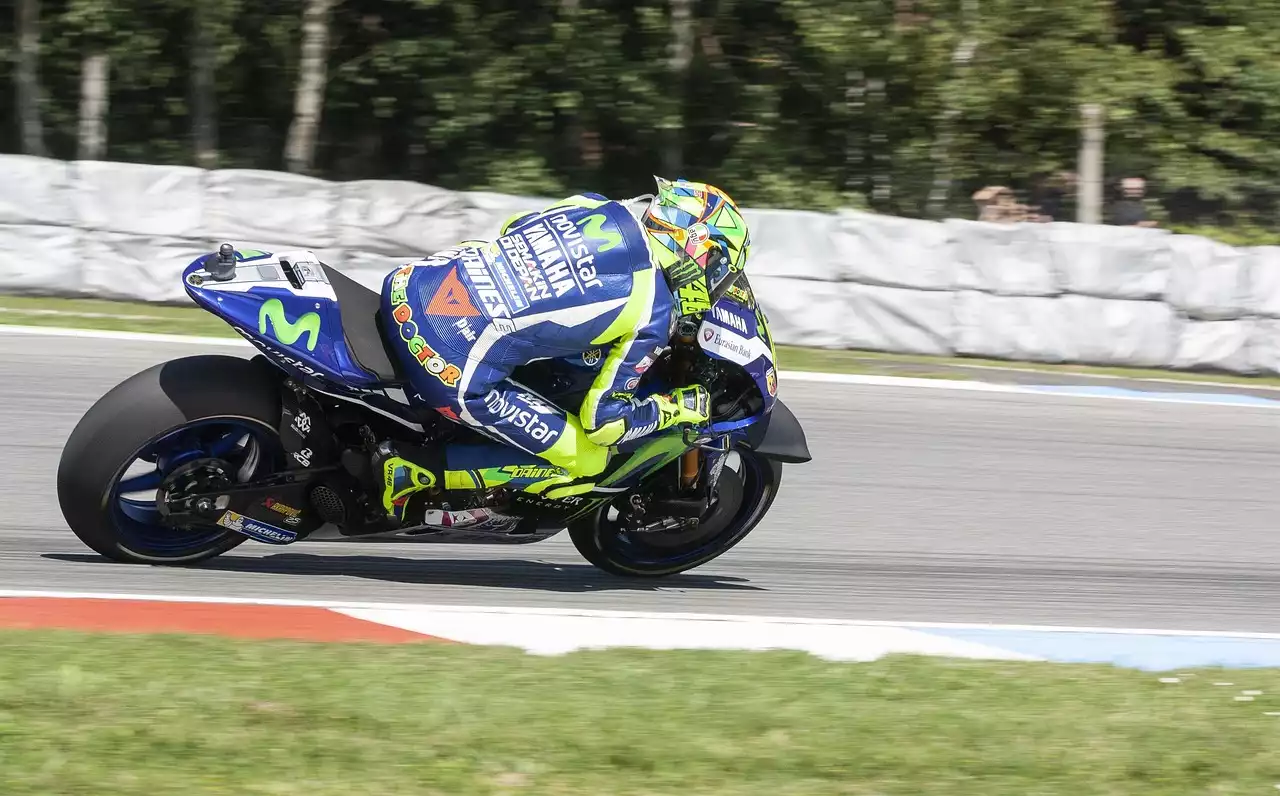Understanding the Different Types of Tire Compounds
There are three main types of tire compounds used in MotoGP: soft, medium, and hard. Each compound has its own unique characteristics, making it suitable for specific track conditions and rider preferences. Soft compounds provide excellent grip, making them ideal for races held in cold conditions. However, they wear out quickly and can become unstable in hot conditions. Medium compounds strike a balance between grip and longevity, making them a popular choice for many riders. Hard compounds are the most durable, offering excellent stability and grip in hot conditions. However, they lack the grip of softer compounds, making them less suitable for races held in cold conditions.
In addition to the three primary compounds, there are also intermediate and wet compounds. Intermediate compounds are designed for use in damp or drying conditions, providing extra grip when the track is not fully wet. Wet compounds are used in rainy conditions, providing excellent grip and preventing aquaplaning. Both intermediate and wet compounds are softer than the primary compounds, as the extra grip is needed to compensate for the reduced traction caused by wet conditions.
Factors That Affect Tire Performance
Several factors can impact tire performance, including track temperature, track surface, and rider style. Track temperature is one of the most critical factors, as it can significantly affect the grip and wear of the tires. In hot conditions, tires can overheat and become unstable, while in cold conditions, the tires can struggle to provide enough grip. The track surface can also impact tire performance, with some surfaces providing more grip than others. Finally, rider style can also affect tire performance, with aggressive riders putting more stress on their tires than smoother riders.
Popular Tire Strategies Used in MotoGP Races
There are several popular tire strategies used by MotoGP teams and riders, including single-compound, two-compound, and three-compound strategies. Single-compound strategies involve using a single tire compound for the entire race, with teams and riders selecting the compound that offers the best balance of grip and durability for the conditions they expect to face. Two-compound strategies involve using two different compounds, with riders starting on one compound and switching to the other when their tires wear out. Three-compound strategies are similar to two-compound strategies, but involve using three different compounds instead of two.
The Advantages and Disadvantages of Different Tire Strategies
Each tire strategy has its own unique advantages and disadvantages, making it suitable for specific conditions and rider preferences. Single-compound strategies offer simplicity and predictability, allowing riders to focus on their race without worrying about tire changes. However, they can be risky if the chosen compound turns out to be unsuitable for the conditions on race day. Two-compound strategies offer flexibility, allowing riders to adapt to changing track conditions and tire wear. However, they require careful planning and timing to ensure that the tire change doesn't cost too much time. Three-compound strategies offer the most flexibility, allowing riders to adjust their tire selection throughout the race. However, they are the most complicated and require careful management to ensure that the rider doesn't waste time switching between tires unnecessarily.
Case Studies of Successful Tire Strategies Used by Top Teams and Riders
One of the most famous examples of successful tire strategy in MotoGP is the 2008 British Grand Prix. In that race, the weather was unpredictable, with rain showers and sunny periods alternating throughout the day. Valentino Rossi opted for a two-compound strategy, starting on slicks and switching to wets when the rain started. His main rival, Casey Stoner, opted for a single-compound strategy, selecting hard tires for the entire race. When the rain started, Stoner struggled to maintain grip, while Rossi's tire change allowed him to take control of the race and win by a comfortable margin.
Another example of successful tire strategy is the 2019 French Grand Prix. In that race, many riders struggled with tire wear, with several riders suffering dramatic crashes due to worn-out tires. Marc Marquez opted for a single-compound strategy, selecting a hard rear tire that allowed him to maintain pace throughout the race. His main rival, Andrea Dovizioso, opted for a two-compound strategy, starting on a medium compound and switching to a hard compound midway through the race. However, the tire change cost Dovizioso valuable time, allowing Marquez to pull away and take the win.
The Role of Data Analytics in Tire Strategy Decision-Making
Data analytics has become increasingly important in MotoGP tire strategy decision-making. Teams and riders use data from previous races, practice sessions, and simulations to identify the best tire compounds and strategies for the conditions they expect to face. They also use real-time data during the race to monitor tire wear and track conditions, allowing them to adjust their strategy as needed. Data analytics has allowed teams and riders to make more informed decisions and optimize their tire strategies for maximum performance.
Tips for Developing Effective Tire Strategies
Developing effective tire strategies requires careful planning, analysis, and execution. Here are some tips for developing effective tire strategies:
- Analyze past race data and track conditions to identify the best tire compounds for the expected conditions.
- Monitor track conditions during practice sessions and adjust tire selection as needed.
- Develop contingency plans for unexpected changes in conditions or tire wear.
- Consider the rider's style and preferences when selecting tire compounds.
- Practice tire changes to ensure that they can be executed quickly and efficiently.
The Future of Tire Strategies in MotoGP
As tire technology continues to evolve, the future of tire strategies in MotoGP is likely to become even more sophisticated. Advances in tire compounds, construction, and data analytics are likely to lead to new strategies and approaches to tire selection and management. However, one thing is certain: tire strategies will continue to play a crucial role in MotoGP races, separating the best riders from the rest of the pack.








.png?size=50)
